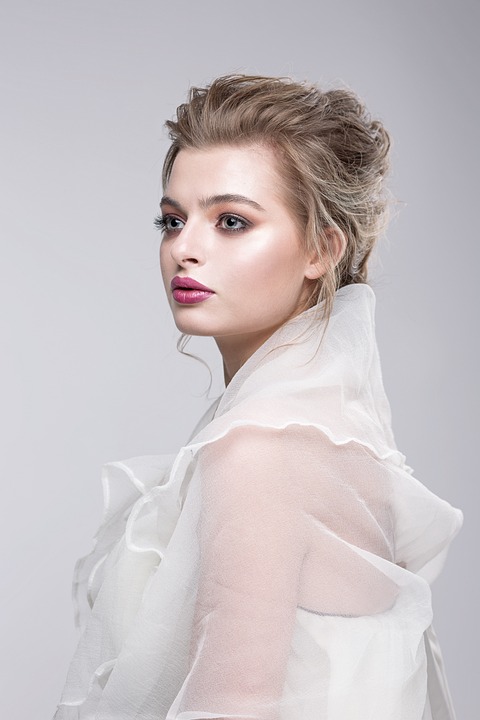Breaking Barriers: Diversity and Inclusivity in the Modeling Industry
In recent years, the modeling industry has faced increased scrutiny for its lack of diversity and inclusivity. Traditionally, the industry has been dominated by a narrow standard of beauty that excludes individuals who do not fit into this mold. However, as societal norms and expectations shift, there has been a growing demand for more diverse and inclusive representation in the world of modeling. In response to this demand, many in the industry are beginning to break down barriers and embrace a more diverse range of models.
The Importance of Diversity
Diversity in the modeling industry is crucial for several reasons. Firstly, it is important for individuals from all backgrounds to see themselves represented in the media. When the only images we see in magazines and on runways are of one specific type of person, it can send a message that those who do not fit that mold are somehow less valuable or attractive. By showcasing a more diverse range of models, the industry can help to challenge these narrow beauty standards and promote a more inclusive vision of beauty.
Additionally, diversity in the modeling industry can help to break down stereotypes and combat discrimination. By featuring models from a variety of backgrounds, the industry can help to challenge preconceived notions about what is beautiful or desirable. This can have a powerful impact on society as a whole, helping to promote greater acceptance and understanding of people from all walks of life.
Challenges Faced by Diverse Models
Despite the growing demand for diversity in the modeling industry, there are still significant challenges that diverse models face. One of the biggest challenges is the lack of opportunities for models from underrepresented communities. Many agencies and brands continue to prioritize models who fit a specific standard of beauty, making it difficult for diverse models to break into the industry.
Another challenge faced by diverse models is the pressure to conform to Eurocentric beauty standards. Many models of color are often asked to change their appearance to fit into a more traditional mold of beauty, such as straightening their hair or lightening their skin. This can be damaging not only to the individual model but also to society as a whole, reinforcing harmful stereotypes and perpetuating discrimination.
Steps Towards Inclusivity
Despite these challenges, there are signs of progress in the modeling industry towards greater inclusivity. Many brands and agencies are beginning to actively seek out diverse models and include them in their campaigns. Some are even going a step further and actively promoting diversity and inclusivity as part of their brand identity.
In addition to this, there has been a rise in the popularity of alternative modeling agencies that specifically cater to diverse models. These agencies are dedicated to promoting models of all shapes, sizes, and backgrounds, helping to create a more inclusive and representative vision of beauty.
The Role of Social Media
Social media has played a significant role in promoting diversity and inclusivity in the modeling industry. Platforms such as Instagram and TikTok have given a voice to models who may not have had a platform in the past, allowing them to showcase their unique beauty and connect with a wider audience.
Many models have used social media to challenge traditional beauty standards and promote a more inclusive vision of beauty. By sharing their experiences and connecting with fans, these models have helped to inspire others to embrace their own unique beauty and feel confident in their own skin.
The Future of Modeling
The future of the modeling industry is looking bright, with more and more brands and agencies embracing diversity and inclusivity. As societal norms continue to evolve, there is a growing demand for models who represent a wider range of backgrounds and experiences. By breaking down barriers and promoting a more inclusive vision of beauty, the industry is helping to create a more accepting and diverse world for all.
In conclusion, diversity and inclusivity are crucial aspects of a more inclusive and representative modeling industry. By breaking down barriers and challenging traditional beauty standards, the industry can help to promote a more inclusive vision of beauty that celebrates people from all walks of life. With continued efforts towards greater diversity and inclusivity, the modeling industry can help to shape a more accepting and diverse society for future generations.


